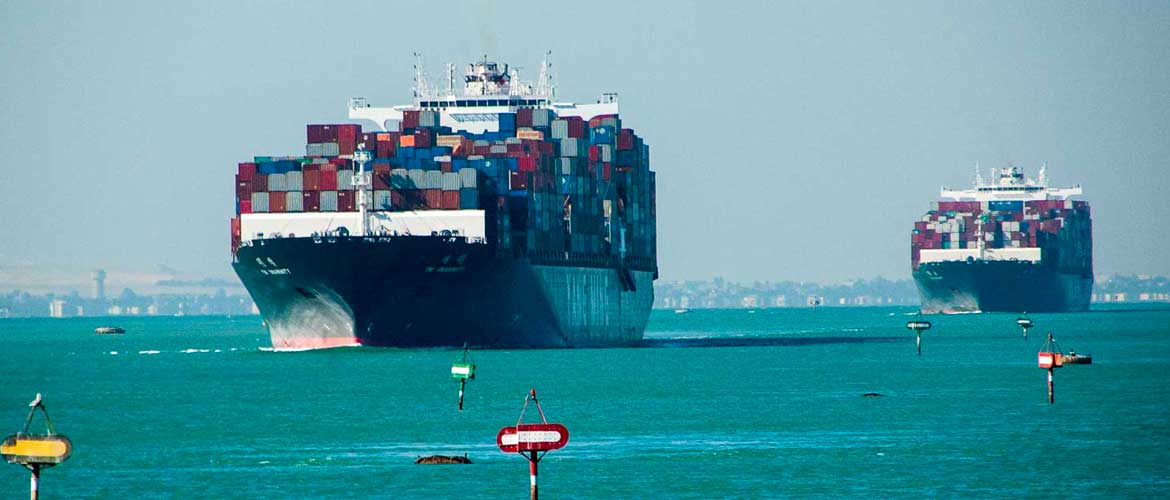Suez impact ripples out

After blocking the Suez Canal for one week, the Ever Given was successfully re-floated and removed from the Canal yesterday afternoon, with the Canal authorities taking immediate action to start clearing the hundreds of waiting vessels, but however quickly the backlog is cleared the consequences of its closure will reverberate throughout the global supply chain for months.
Around 30 vessels from Asia should sail through the Suez Canal each week with an average capacity of 380,000 TEU, which is a massive volume spike to arrive at European ports.
Several carriers have diverted some of their vessels round the Cape of Good Hope which adds approximately a week to 12 days to the transit and costs more in fuel, so we would expect that further diversions will be unlikely.
There is increased interest in time-critical air, sea/air and rail solutions for ‘distressed ocean freight’ and while capacity continues to be an issue, we generally find solutions, and would urge you to contact us directly to explore options at the earliest opportunity, as demand will grow quickly.
With 30 ships delayed by this incident, they go off schedule and arrive too close together, creating chaos. Which will occur in the wake of this Suez blockage, first at European ports, then at US East Coast ports.
There will be a short lull before ships start arriving, but even if ports free up capacity, the ultra-large container ships popular on the Asia trade typically have a container exchange of up to 10,000 TEU, which stretches terminal productivity to the limit at the best of times.
We are likely to see a lot of port omissions by vessels and as congestion spreads carriers may begin to unload vessels at an early port, in order to get ships back to Asia quicker, which means that cargoes destined for multiple European ports will have to move to the correct destination by feeder or other means.
Another extension of the pain is likely to be the actions that the lines will take to recover their schedules, which is likely to include blanking sailings, omitting port calls or deploying “extra loaders” (though this latter is less likely given the state of the charter market.)
With ships out of position and far behind schedule, port congestion spreading and continuing container imbalances, all the ingredients are there for further rises in rates and carriers may feel entitled to extend surcharges for another few months or even increase them.

